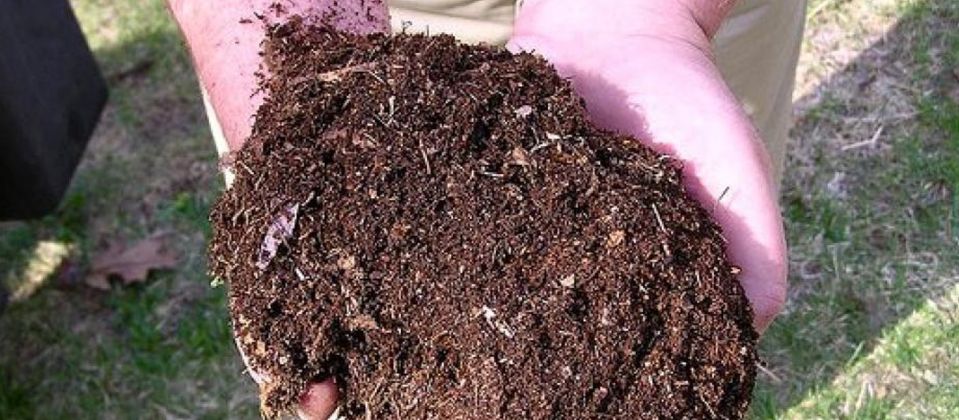The showy time on the allotment is over; it may have been a good season for you, or it may have been a disappointment, with slugageddon and drought stressing you and your crops. There’s still top fruit to pick, still some beans and corn and squash, and hopefully you’ve got plenty of winter crops growing steadily to see you through the dark months. But it’s time to get on with the real work and what really matters – and what will make a huge difference to your showy tasty crops next season. The soil. Are you taking it for granted? Disrespectfully calling it ‘dirt’? The web of soil life underpins all life on earth and our responsibility as plot holders is to nurture that soil life in every way we can.
In a teaspoonful of healthy soil there are up to 5 billion anaerobic archaea and aerobic bacteria, over 1 million protozoans, thousands of nematodes, hundreds of microarthopods and around a kilometre of fungal hyphae. So what? Here’s why: together they create plant growth substances, they fix carbon and nitrogen cycles and make nutrients available to plants. And you thought you were doing all the hard work! Actually, it’s this world under your feet that sustains growth and life on earth. And every time the soil is disturbed, or artificial fertilisers and pesticides are applied, soil life is killed and soil structure compromised. Then we get soil erosion, water and nutrients are leached out, and pests and diseases follow.
If your plants look stressed – wilted, yellowing leaves, infection or insects eating away at them – then it’s likely that your soil life is depleted. In other words, you’re not providing enough nutrition for the bacteria and fungi. That soil food comes, in part, as you no doubt already know, from regular addition of home-made compost as a mulch, which provides the carbon sugars that are needed.
So the key activity at this time of year is to make sure your soil is not bare. There are various ways we can do that. Now we’ve had some rain, and the soil is still warm, sow some fast green manures. Don’t choose ones that are deep rooted (tares, alfalfa, rye grass, field beans) as you’ll have to dig them in next spring, which disturbs your soil structure; phacelia, clovers and mustards are all ideal over the next month. Spread your compost over the surface of other beds as you clear them. Or just cut down beans and peas and leave the roots in the ground to help fix nitrogen for brassica crops next spring, and cover the cut down foliage with big sheets of brown cardboard. And make compost. Gather as much material as you can: annual weeds, nettle and comfrey tops, soft prunings, torn up cardboard, your neighbours’ lawn mowings, food waste, rotten apples and pears….as much as you can get hold of.
And let’s not forget this: the parallels between soil and human health are too obvious to ignore. In the same way that those bacteria and fungi and archaea promote and protect soil health, so the beneficial microbial flora in our guts (our microbiome) are essential for promoting and protecting our digestive health, and our immune system. Soil is the source of life and health so use the autumn months to look after the earth on your plot.


